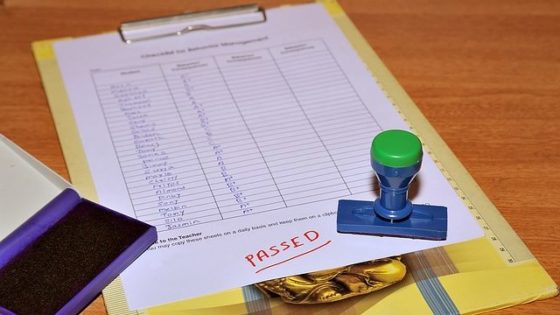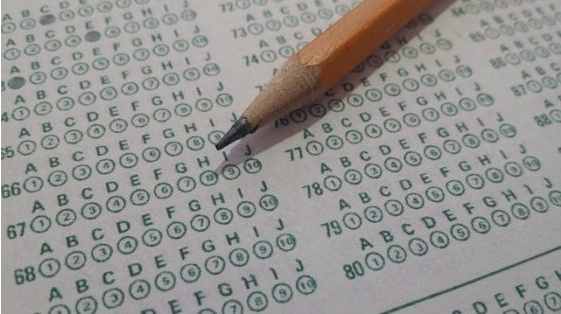Phlebotomy Certification Practice Test 3
This is the third in a planned series of Phlebotomy Practice Tests:
1. Swelling from excess fluids is called what?
A. Thrombosis
B. Scar Tissue
C. Edema
D. Infection
2. In which of the following situations is use of an alcohol-based hand rub not allowed?
A. After disposing of gloves that are not contaminated
B. Prior to eating
C. Prior to directly touching a patient
D. After touching a patient’s skin
3. Which of the following items is an example of PPE?
A. Sharps container
B. Tube holders
C. Fluid-resistant lab coat
D. Sharps caps
4. Which of the following antecubital veins should be the LAST option from which to draw blood ?
A. Cephalic
B. Brachial
C. Median Cubital
D. Basilic
5. Which of the following can be used to clean a patient’s arm prior to collecting a blood alcohol sample?
A. 70% isopropyl alcohol
B. 2% chlorhexidine gluconate
C. Iodine
D. Soap and water
6. What is the prescribed course of action when a patient begins to feel faint during the course of a blood draw?
A. Instruct the patient to take deep breaths while you continue with the blood draw
B. Remove the needle and have the patient lower their head to between their knees
C. Pause the blood draw to give the patient time to recover
D. Call for assistance and wait until it arrives to continue drawing blood
7. What is the correct name for the liquid portion of an anticoagulated blood specimen?
A. Serum
B. Plasma
C. Blood
D. White cells
8. Which vein would you be most likely to use when collecting a 5 mL specimen of blood from an 18 month old child?
A. Median Cubital
B. Cubital
C. Dorsal Hand
D. Basilic
9. What is the proper procedure to be used when a child needs to be restrained for a needle-stick?
A. Ask the parent(s) to assist
B. Have an assistant hold the child down
C. Have the parent(s) leave the room
D. Strap the child’s arm down
10. Phlebotomists are trained in which of the following phases of laboratory testing?
A. Post-analytical
B. Analytical
C. Pre-analytical
D. Diagnosis
11. According to CLSI standards, what is the recommended depth for a heel puncture?
A. 1.1 mm
B. 1.1 cm
C. 2.0 mm
D. 2.0 cm
12. What is the purpose of ordering a fasting lab test?
A. To standardize the test results on a broad range of patients
B. To eliminate the effects of diet on the test results
C. To keep a patient’s calcium level at a minimum prior to a test
D. To keep the patient from getting sick during the blood draw
13. Which of the following might help protect a phlebotomist from a lawsuit?
A. Using the same blood draw procedures on patients of all ages
B. Ignoring a patient’s refusal to have blood drawn
C. Telling someone else about what lab tests were ordered on a mutual acquaintance
D. Following your employer’s venipuncture procedures
14. In which of the following cases is a capillary blood sampling acceptable?
A. When a large amount of blood is required
B. When very little blood is required
C. When serum only is required
D. When plasma only is required
15. What is the proper term for sustances that keep blood from clotting?
A. Anticoagulants
B. Activators
C. Preservatives
D. Adhesives
More Phlebotomy Certification Practice Tests:








